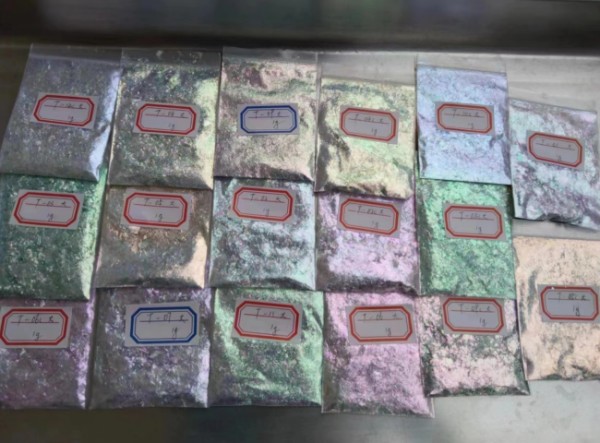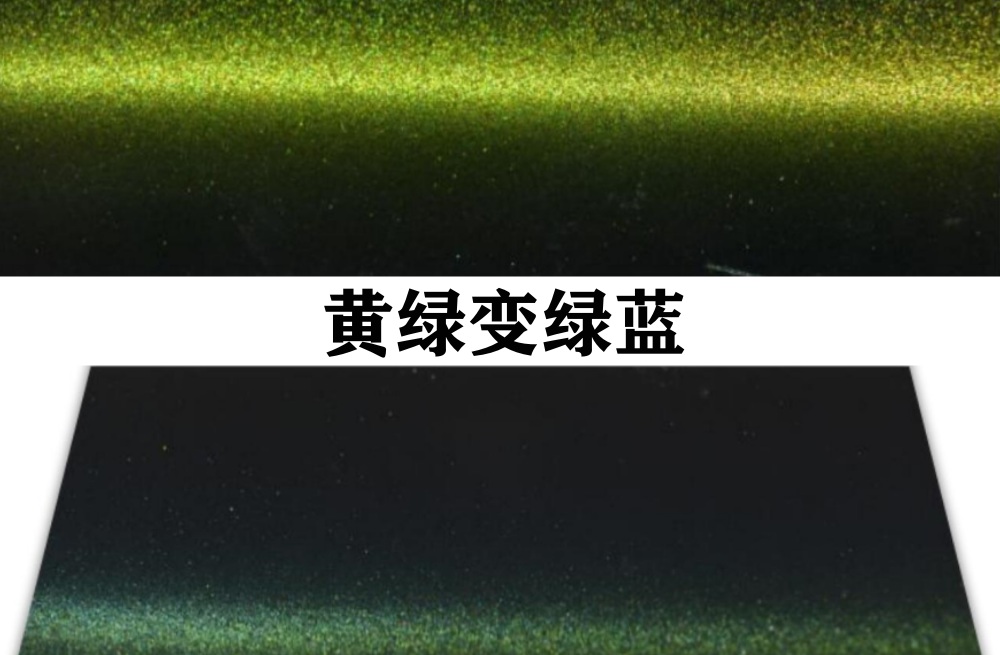Optically variable pigments are widely used not only in printing products but also in plastic products. The following are some brief explanations on the precautions to be taken in the production and processing of optically variable pigments applied in plastic products:
When using optically variable pigments in the extrusion and injection molding process of plastic products, do not add common pigments and fillers such as titanium dioxide, calcium carbonate, barium sulfate, and carbon black; otherwise, the color-changing effect will be blocked.
When casting, compression molding, and curing plastic products, optically variable pigments should be added first to methyl methacrylate, nylon monomer, and unsaturated polyester, and mixed and dispersed uniformly. Then, initiator or curing agent should be added for cross-linking or polymerization reaction. The reason for this is that the viscosity of the post-polymerization rapidly increases. If optically variable pigments are added at this time, the pigment particles will wrap around a lot, making the dispersion uneven. At the same time, stirring will cause a large number of residual bubbles.
In the cross-linking and curing process of epoxy resin and unsaturated polyester resin, enormous shrinkage stress will be generated inside, which will cause the microcapsule shell of the optically variable pigment to rupture and allow chemical substances to enter the inside of the pigment, resulting in the loss of color-changing performance. This phenomenon often occurs when using polyamine curing agents and the curing thickness of epoxy resin is greater than 0.2mm. Therefore, special attention should be paid to the selection and use of cross-linking or curing agents.
When making color masterbatches, do not let the optically variable pigments undergo repeated extrusion granulation operations.
Using high-shear equipment such as kneading machines, high-speed dispersers, and twin-screw extruders for pre-mixing plastic particles and optically variable pigments will seriously damage the protective layer on the surface of the pigment, resulting in the loss of color-changing performance. Therefore, try not to use these devices for pre-mixing plastic particles and color-changing pigments.
In the formulation of PVC resin plastic products, try not to use phosphorus-containing stabilizers and plasticizers, which will cause severe residual color when the color-changing injection molded products are in a faded state.
HiBlueStar
电话:15050450799(微信同号)
© HiBlueStar Sitemap





